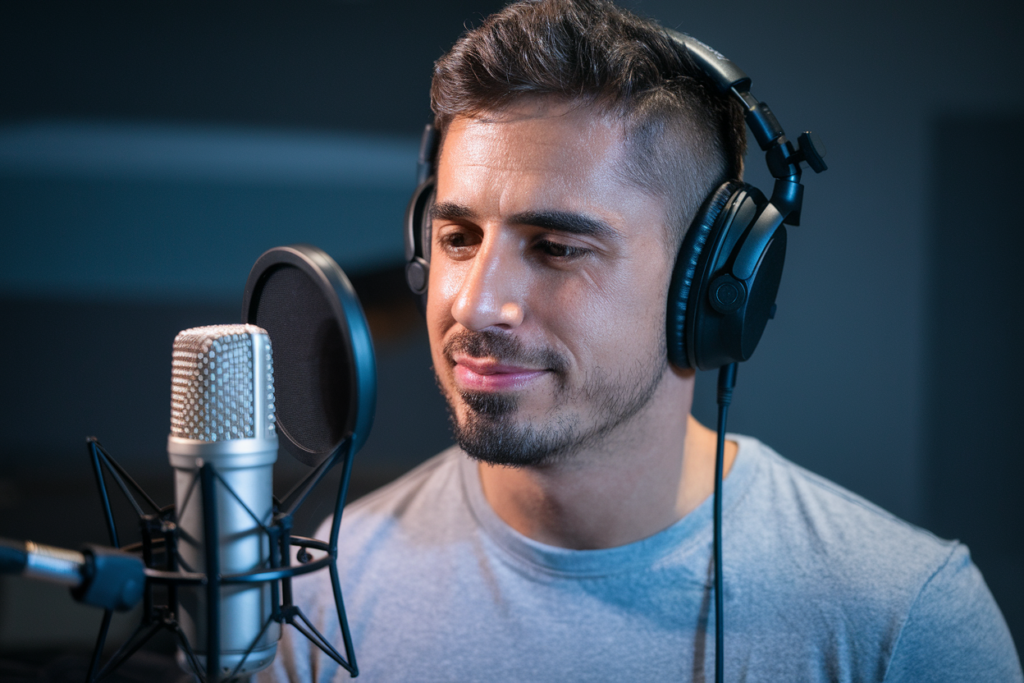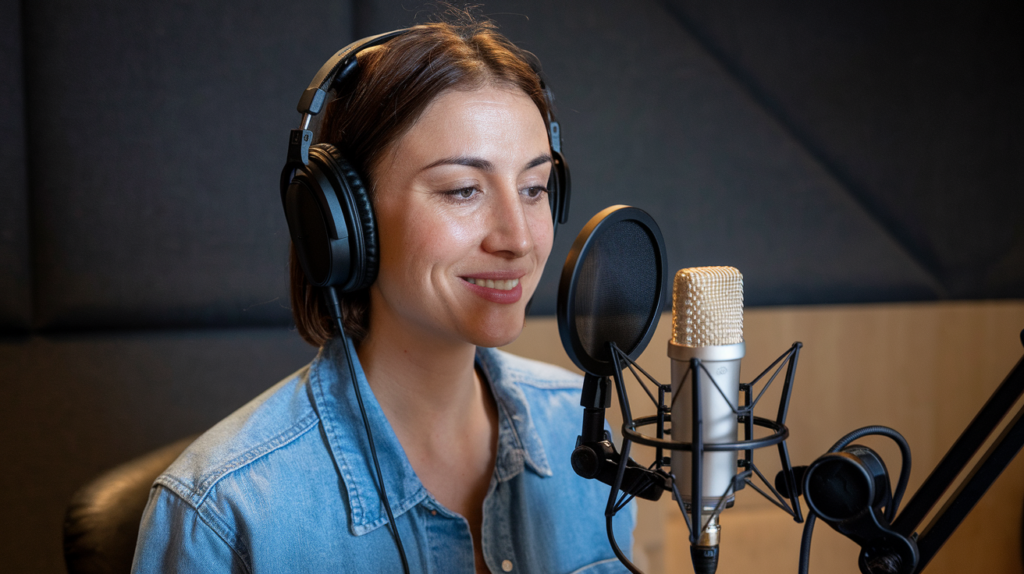Diving into the world of Galician dubbing opens up a vibrant realm of creativity and cultural expression. I’ve always been fascinated by how voice acting can breathe life into characters, making them resonate with local audiences. With the rise in demand for quality content in regional languages, mastering effective techniques for Galician dubbing is more crucial than ever.
In this article, I’ll share some key guidelines that can elevate your dubbing skills. From understanding the nuances of the Galician language to perfecting vocal delivery, these tips will help you connect with listeners on a deeper level. Whether you’re an aspiring voice actor or a seasoned professional looking to refine your craft, embracing these strategies will undoubtedly enhance your work in this unique linguistic landscape.
Effective Guidelines for Galician Dubbing
Mastering effective dubbing in Galician involves several critical techniques. Each guideline plays a vital role in producing high-quality and engaging content.
Understand the Nuances of Galician Language
- Study dialects: Explore regional variations to capture authentic pronunciation and expressions.
- Learn idiomatic phrases: Familiarize yourself with common expressions that resonate with native speakers.
- Analyze context: Recognize cultural references specific to Galician audiences, ensuring relevance.
Perfect Vocal Delivery
- Practice enunciation: Focus on clear articulation to enhance comprehension and engagement.
- Control intonation: Adjust pitch and tone to match emotional nuances of the dialogue.
- Vary pacing: Use speed strategically; slower delivery can emphasize key points while quicker speech conveys urgency.
Develop Character Understanding
- Research character backgrounds: Delve into motivations and personalities for accurate portrayals.
- Emphasize emotional range: Capture subtle emotions through voice modulation, aligning with character arcs.
- Foster audience connection: Reflect characters’ traits through vocal choices, enhancing relatability.
Utilize Technology Effectively
- Explore software tools: Leverage audio editing programs for precise sound quality adjustments.
- Monitor recording environment: Ensure optimal acoustics by selecting quiet spaces free from distractions.
- Experiment with effects: Use sound design elements thoughtfully to enrich the overall listening experience.
- Engage seasoned directors: Seek feedback from experienced professionals who can guide performance improvements.
- Network with peers: Build relationships within the industry to exchange tips and techniques for better results.
- Attend workshops or seminars: Participate actively in training sessions focused on honing dubbing skills.
By following these guidelines, I can elevate my Galician dubbing skills, contributing effectively to this vibrant linguistic landscape while connecting deeply with audiences across Galicia and beyond.
Importance of Galician Dubbing
Galician dubbing plays a crucial role in preserving and promoting the Galician language. It enriches cultural identity, making content accessible to local audiences while fostering regional pride.
Cultural Relevance
Cultural relevance in Galician dubbing stems from its ability to reflect local customs, traditions, and values. By incorporating idiomatic expressions and regional dialects into the dialogue, voice actors ensure authenticity. This connection enhances viewer engagement and emotional resonance with the material. Additionally, accurate representation of Galician culture in media strengthens community ties and promotes intergenerational language transmission.
Target Audience Considerations
Understanding target audience considerations is vital for effective Galician dubbing. The primary audience includes children, families, and young adults who seek relatable content in their native language. Tailoring performances to different age groups requires awareness of linguistic preferences and sensitivities. Engaging storytelling through suitable vocal delivery can significantly impact audience retention and appreciation. By prioritizing these factors, voice actors can create memorable experiences that resonate deeply with viewers across Galicia.
Techniques for Successful Dubbing
Mastering effective dubbing techniques is essential for delivering high-quality performances in Galician. These skills contribute significantly to authenticity and viewer engagement.
Voice Acting Skills
Voice acting requires a unique set of skills. I focus on the following core elements:
- Clear Enunciation: Pronouncing words distinctly ensures clarity. Clear speech enhances understanding, especially when conveying complex emotions.
- Controlled Intonation: Varying pitch adds depth. Controlled intonation helps convey different emotional states, making characters more relatable.
- Vocal Range Manipulation: Adjusting vocal tones creates character differentiation. A versatile vocal range allows me to embody various roles convincingly.
- Pacing Variability: Altering speed impacts narrative flow. Mastery of pacing keeps viewers engaged and emphasizes key moments in dialogue.
These voice acting skills form the foundation of successful dubbing in Galician, allowing for richer storytelling through voice.
Synchronization Methods
Synchronization plays a critical role in aligning audio with visual content. I employ these methods to achieve seamless integration:
- Lip Sync Accuracy: Matching spoken lines with mouth movements is crucial. Accurate lip sync enhances realism and immersion for viewers.
- Timing Adjustments: Fine-tuning delivery timing can improve synchronization quality. Small adjustments ensure that dialogue aligns perfectly with action on screen.
- Emotional Synchronization: Capturing the emotional essence of scenes requires sensitivity to visual cues. Emotional synchronization deepens audience connection and enhances their viewing experience.
- Utilizing Software Tools: Advanced software facilitates precise alignment of audio tracks with video content. Tools like Pro Tools or Adobe Audition streamline this process, ensuring high-quality results.
Implementing these synchronization methods elevates my dubbing work, creating an authentic auditory experience that resonates with audiences across Galicia and beyond.
Common Challenges in Galician Dubbing
Galician dubbing presents unique challenges that voice actors must navigate to achieve authenticity and quality. These challenges include language nuances and technical limitations.
Language Nuances
Language nuances play a critical role in effective Galician dubbing. Variations in dialects exist across different regions of Galicia, impacting pronunciation, vocabulary, and expressions. Voice actors must grasp these regional differences to deliver performances that resonate with local audiences. Additionally, idiomatic phrases and culturally specific references require careful attention; misinterpretation can lead to loss of meaning or humor. Actors should immerse themselves in the language by engaging with native speakers and consuming regional media, which aids in mastering subtleties essential for authentic delivery.
Technical Limitations
Technical limitations present another significant challenge in Galician dubbing. Recording environments may lack optimal soundproofing or equipment quality, affecting audio clarity. Voice actors need access to reliable recording tools and software capable of producing high-quality sound. Furthermore, synchronization issues often arise during post-production when aligning audio with visuals; timing discrepancies can disrupt audience immersion. I emphasize the importance of using advanced editing software to address these issues effectively while ensuring vocal delivery maintains emotional integrity throughout the final product.
Conclusion
Mastering Galician dubbing is more than just a skill; it’s an art that connects deeply with audiences. By embracing the guidelines I’ve shared, voice actors can elevate their performances and contribute to the rich tapestry of Galician culture. Understanding the nuances of the language and perfecting vocal delivery are essential steps toward authenticity.
As I continue my journey in this vibrant field, I encourage fellow actors to invest time in honing their craft. Engaging with regional dialects and cultural references will not only enhance your skills but also enrich your connection with viewers. The future of Galician dubbing is bright, and I’m excited to see how we can all play a part in its evolution while fostering appreciation for our unique linguistic heritage.








